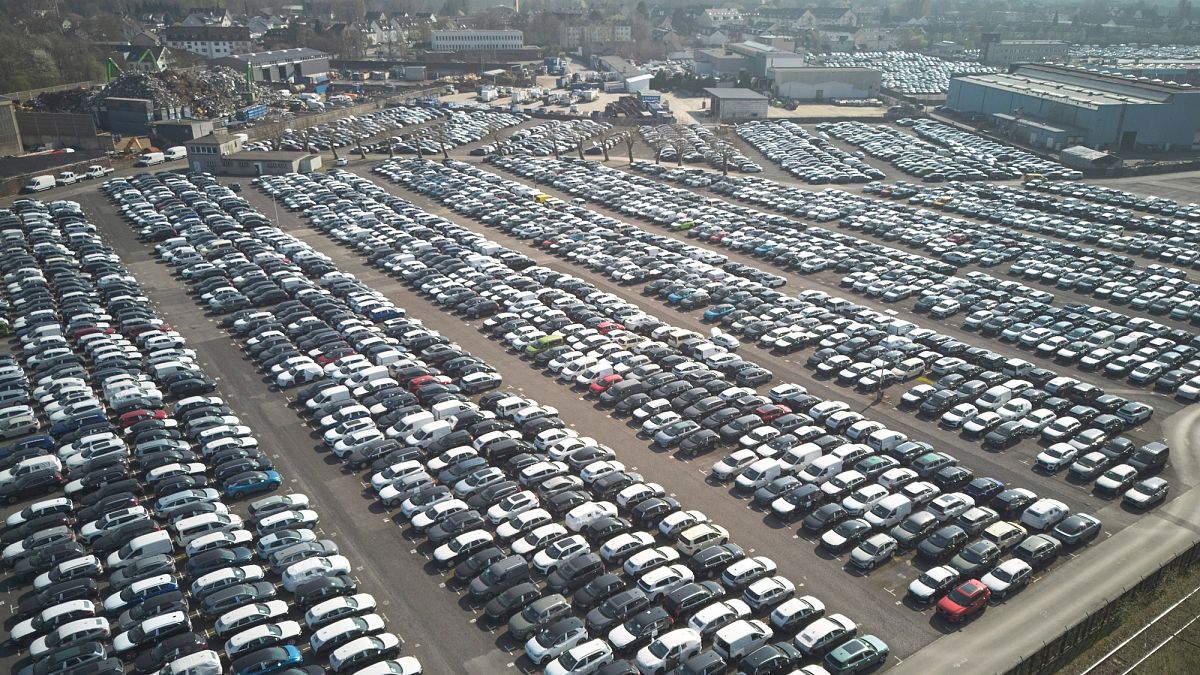

The intricate dance of international trade relations unfolds as the European Union (EU) and the United States find themselves at a critical juncture. Amidst a backdrop of pending tariffs and dynamic export strategies, both sides endeavor to achieve a harmonious resolution that benefits all involved.
In recent developments, the EU has found itself getting ready to address possible retaliatory measures in response to the United States’ recent tariff threats. This preparation comes in the wake of a surprising announcement by US President Donald Trump, who indicated that 30% tariffs on European goods could be implemented beginning August 1, unless a satisfying agreement is reached. The looming deadline has intensified pressure on both negotiating parties to settle their differences and forestall economic friction.
EU trade ministers are currently assessing the potential impact of these tariffs. Meanwhile, voices within the EU, such as Germany’s influential political figure Friedrich Merz, are counseling calm and careful deliberation. Merz’s call for tranquility underscores the need for strategic patience and diplomatic negotiation, emphasizing a preference for constructive dialogue over rash action.
In a parallel narrative, China has entered the scene with an intriguing twist. Despite facing its own set of challenges with declining exports to the US, the Asian powerhouse has managed to exceed export expectations on a broader scale. This achievement is notably linked to China’s efforts in diversifying its trade partnerships globally. The momentum gained from these diversified exports highlights the interconnected nature of global trade, where shifts in one region can have notable repercussions in another.
The EU, recognizing the complex web of international trade, is seeking to enhance its collaborative efforts with fellow G7 members such as Canada and Japan. This coordinated approach aims to strengthen their collective stance and develop a resilient strategy to counterbalance the tariff threats posed by the United States. By fostering solidarity among allies, the EU hopes to fortify its negotiating position and explore creative solutions to the impasse.
The path forward in EU-US trade relations remains uncertain, yet the commitment to dialogue and coordination shines as a beacon of hope. Both sides appear dedicated to navigating these challenging waters with a focus on mutual gain, and despite the hurdles, optimism remains that with perseverance, a positive outcome can emerge.
As these negotiations progress, the world watches with interest, recognizing that the reverberations of these discussions will extend far beyond the shores of the Atlantic, shaping the future of international trade relations in a complex and interconnected global landscape. Together, with mindful diplomacy and a spirit of cooperation, there lies the potential for a balanced and prosperous resolution.
Source: {link}
